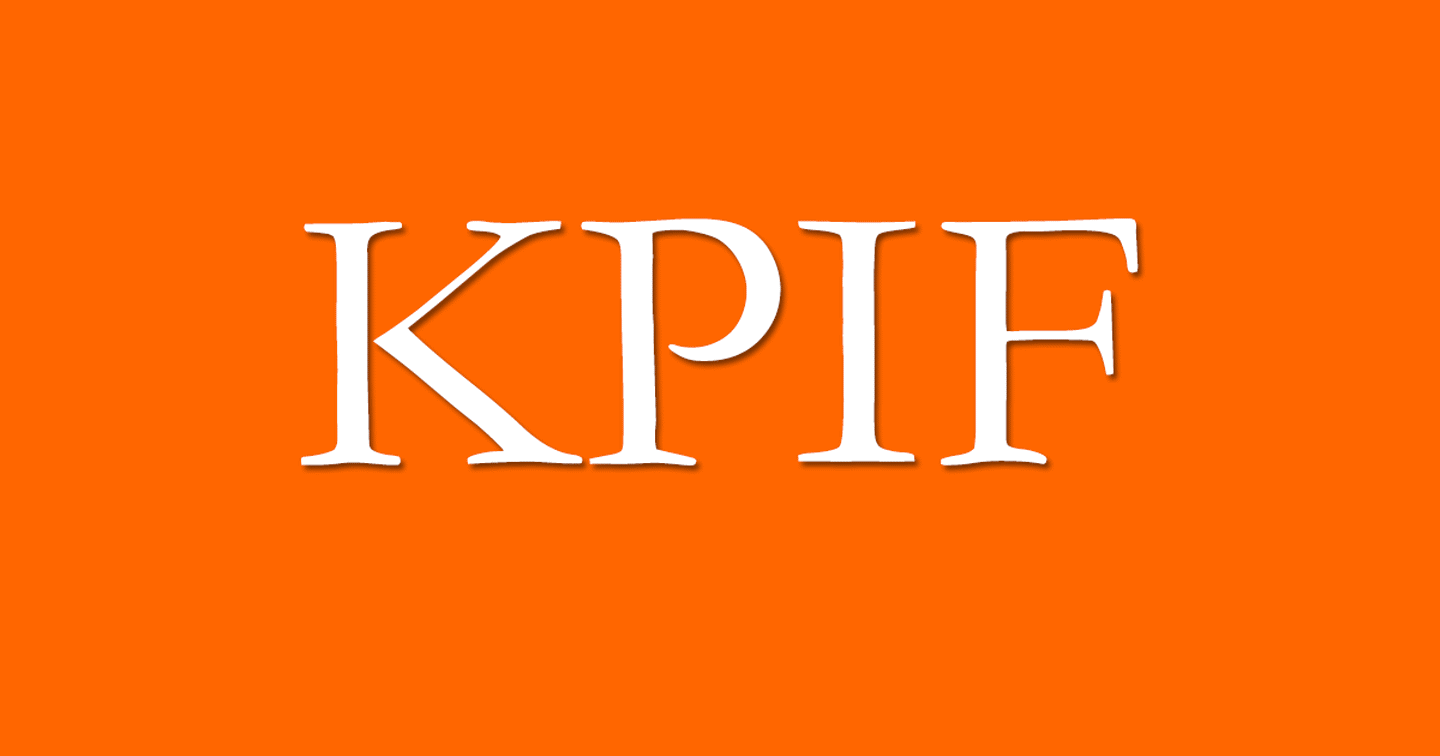2017 - The CPIF as target variable for monetary policy

The Executive Board of the Riksbank decided to change the target variable for monetary policy.
When inflation targeting was announced in 1993, it was defined in terms of the annual change in the consumer price index (the CPI). However, the CPI has characteristics that could sometimes make it problematic to use as guidance for monetary policy.
One reason is that repo-rate adjustments, through their effect on households’ mortgage rates, have large and direct effects on the CPI which are not connected to underlying inflationary pressures and which are also counter-productive. This means, for example, that interest rate cuts, which are intended to bring inflation up, instead further lower CPI inflation over the short term. As the CPI has characteristics that prevent it from being an ideal target variable, the Riksbank has regularly allowed the development of other price indices than the CPI to influence interest rate decisions.
In practice, the CPIF (the CPI with a fixed interest rate) has been more important for the formulation of monetary policy in recent years than the CPI. The idea has been that, even if interest rates sometimes go up and down, CPI and CPIF inflation will eventually coincide when the interest rate hikes and cuts offset one another. The change of the target variable in 2017 clarified this by also formally defining the inflation target as a 2 per cent annual change in the CPIF. The change in the formulation of the target thus did not change how monetary policy was conducted; it clarified how the Riksbank interprets its task of maintaining price stability.
